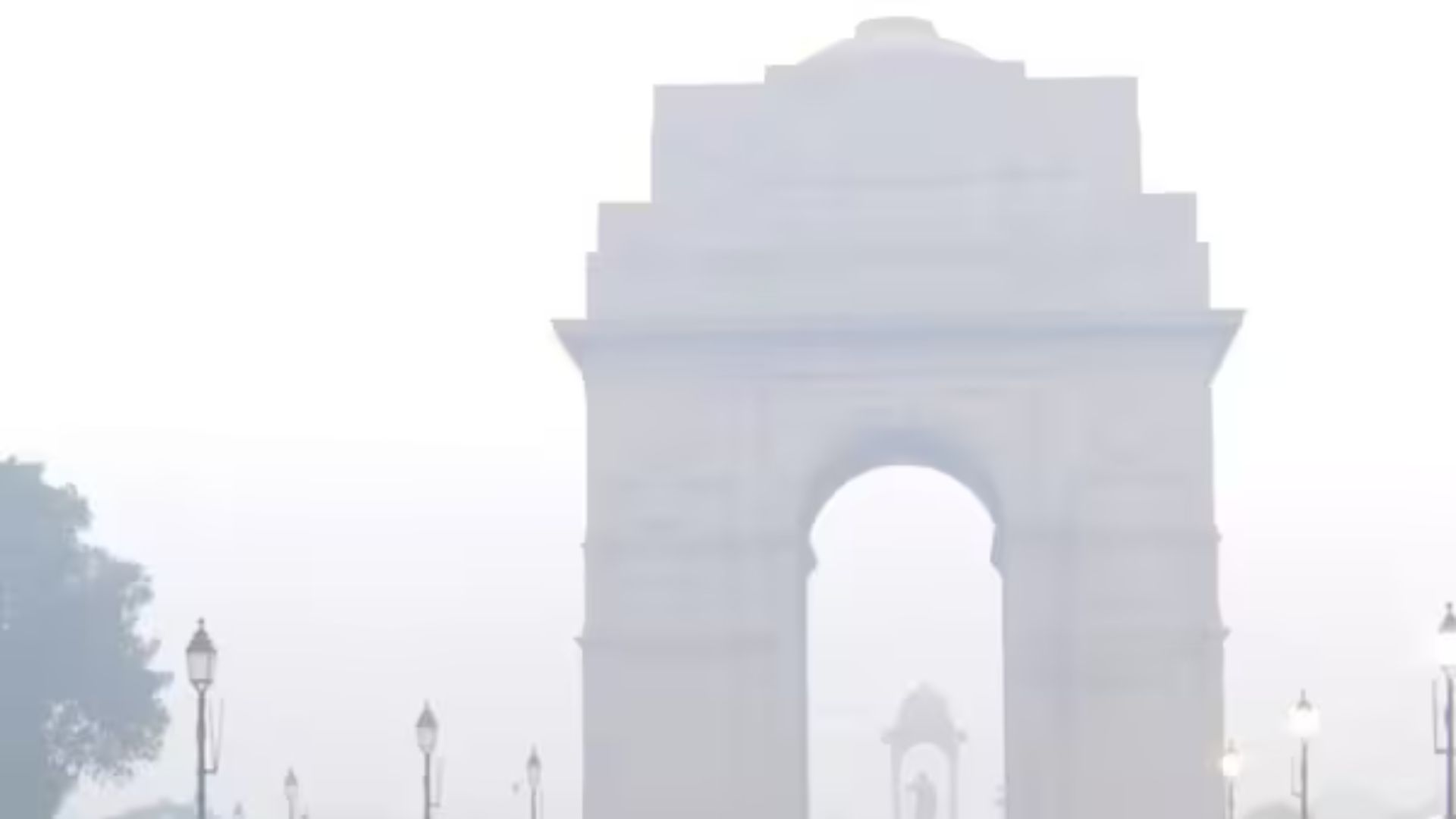Residents of Delhi, Noida, Gurugram, and surrounding areas in the National Capital Region (NCR) woke up to a heavy smog layer following Diwali celebrations, as firecracker use defied official bans on Thursday night, causing significant noise pollution and reduced visibility.
In Delhi’s Anand Vihar, air quality dipped into the “very poor” range with an AQI of 395 early on November 1, as per the Central Pollution Control Board (CPCB). The air quality at Anand Vihar fell to the “severe” level late Thursday as PM2.5 particles surged, posing health risks. Areas in Haryana also reported AQI readings in the “poor” and “very poor” categories on Diwali night.
Nearby locations in Punjab and Chandigarh showed AQI levels in the “poor” category. At 11 p.m. Thursday, Haryana’s Gurugram recorded an AQI of 322, Jind 336, and Charkhi Dadri 306, according to the CPCB’s Sameer app, which provides real-time air quality updates.
Unlike last Diwali, when favorable conditions kept Delhi’s AQI at 218, this year’s celebrations brought the capital back to hazardous pollution levels, exacerbated by adverse weather, stubble burning, and vehicular emissions. In past years, the Delhi government has imposed firecracker bans, encouraging eco-friendly alternatives, yet restrictions are often disregarded as firecrackers remain widely available.
The city’s AQI surged to an average of 330, up from 307 on the previous day, reviving memories of severe pollution from 2020. PM2.5 and PM10 levels peaked at 145.1 and 272 micrograms per cubic meter around 9 p.m., endangering vulnerable groups, including children, the elderly, and individuals with respiratory conditions.
Despite the deployment of 377 enforcement teams to curb firecracker usage, large-scale defiance of the ban was observed in East and West Delhi neighborhoods. Surveillance teams warned that violations could lead to legal consequences under the Bharatiya Nyaya Sanhita (BNS) for defying government mandates.
Surrounding regions—Noida, Ghaziabad, and Gurugram—experienced relatively better AQI levels in the “poor” range, while Faridabad recorded a “moderate” AQI of 181 on Thursday night. However, unfavorable weather, vehicle emissions, and stubble burning from nearby states contributed to the smog that regularly thickens over Delhi-NCR as winter approaches.
The Delhi Pollution Control Committee (DPCC) anticipates worsening pollution in early November, with stubble burning in Punjab and Haryana expected to peak soon. Previous years’ Diwali AQI readings have fluctuated with scores of 312 in 2022, 382 in 2021, and 414 in 2020, illustrating the persistent pollution surge during this period despite government measures.
AQI categories are classified as: 0-50 (good), 51-100 (satisfactory), 101-200 (moderate), 201-300 (poor), 301-400 (very poor), 401-450 (severe), and above 450 as “severe plus.”









